Perry Marshall challenges the case made in Michael Levin's article last Thursday that patterns are alive, and that all life forms and thought are living patterns. Marshall argues that bacteria and viruses are more complicated than we imagine, but this is not a basis to claim that all lifeforms and thought can be explained by patterns.
Michael Levin insists the line between thoughts and thinkers is blurry. Other life forms might exist at forms and scales entirely foreign to us.
He’s right. However… we don’t have a snowball’s chance of recognizing those, until we first acknowledge the living capacities of our own bodies and back yards.
In 1955, Alfred Hitchcock aired "Breakdown" on TV. It’s a gripping episode about William Callew, a businessman left paralyzed but conscious after a car accident. Mistaken for dead, Callew's car is ransacked by convicts. Immobile, he can only watch as passersby also assume he’s deceased.
The TV audience is privy to Callew's internal monologue. His desperation ratchets upward as he silently pleads for someone to notice signs of life.
As darkness descends, authorities arrive to clear the accident scene. They transfer Callew's presumed corpse to a morgue. Moments before the autopsy begins, a mortician spots a tear rolling down Callew's cheek.
"He's alive!"
An assistant reassures Callew, "It's alright. Don't worry, fellow. We know! We'll take care of you."
Do rocks feel pain?
Do dead people feel pain?
How do you know if someone is alive?
How we know if anything is alive???
These are all versions of the qualia problem, which says: though we define red as “light at 650nm wavelengths,” there’s no way to test whether your inner experience of red is the same as mine.
In fact… there’s no way to know whether your experience of anything is the same as mine. Experiences are subjective. The creatures in Levin’s story are arguing about qualia.
SUGGESTED VIEWING Arc of life: Daniel Dennett With Daniel Dennett
The Broader Question of Sentience
And the question is far bigger than that. Do dogs and cats feel pain? Fish? How about daddy long-legs spiders? Bacteria? Trees?
What about rocks? Or the wood in your kitchen table? Do they feel pain? How do we tell they’re alive or dead?
___
While rocks and chemical reactions contain limited information, only cells and man-made machines encode and decode messages.
___
The commonsense answer to these questions says: Does Callew cry when you cut him? Then he must be alive. If he doesn’t cry, move or twitch… he’s dead.
Evolution 2.0 and the Search for Life’s Origins
When Evolution 2.0 announced our $10 million origin of life prize, we had to distinguish life from non-life as clearly as possible. Sorting through hundreds of possible criteria, we settled on communication. So far in the history of science, codes always come from life, never from non-life. Levin suggests other life forms might appear around us, in vastly different guises. I’m open to this but have yet to see evidence for it.
Prize applicants must answer the question: Does your system create and interpret codes?
Communication: The Hallmark of Life
While rocks and chemical reactions contain limited information, only cells and man-made machines encode and decode messages. This aligns with Claude Shannon's communication theory, as life relies on the genetic code. Its origin remains a mystery.
A process that provokes chemicals to produce code will be at least as great a discovery as quantum mechanics, the transistor or Internet.
Extraterrestrial Communication
SETI also searches for extraterrestrial intelligence, probing for encoded signals. A series of prime numbers from space would suggest an advanced civilization's intent.
Michael Levin says in his article:
“I believe that truly, right here on Earth, there are already ‘aliens’ among us that stretch and often break our familiar ways of thinking about Self and Other… What if thoughts can also be thinkers – what if the distinction between thoughts (patterns within a cognitive system) and thinkers exist on a continuum, seen differently by different kinds of observers?”
___
The missing piece is a crucial, undiscovered property of the cosmos.
___
There is no thinker without a thought, and no thought without a thinker. Furthermore, speaker + message + listener form a system. Without all three, the system is incomplete. This means communication itself does not obey reductionism; it’s relational. The missing piece is a crucial, undiscovered property of the cosmos.
If Levin is right, and the distinction between non-life and life is a continuum, then empirical science is very far from bridging that gap. So far there’s a clear distinction between thinkers (beings) and the external words and symbols we use to communicate.
Levels of Causation
In 2021 I published “Biology Transcends the Limits of Computation” which notes three levels of causation in the universe:
1. Chemicals (natural laws)
2. Codes (symbolic communication)
3. Cognition (agency and intent)
There's no known way to transition from chemicals to codes; or from codes to cognition. However, there is some overlap:

The genetic code features 6 bits (64 letter alphabet). Prize judge George Church from Harvard and I settled on 5 bits of digital information (32 letter alphabet) as our minimum threshold. A system that supports less than 5 bits is too crude to be useful. This threshold is the fuzzy space between Chemicals and Codes – a thin line.
Analog Bias
The grey area between codes and cognition is best defined by Levin, Goldstein and Zhang, in a recent paper. When they placed ordinary, “fully understood” sorting algorithms next to each other in a cell-like matrix, these simple systems expressed subtle preferences for states. They were willing to go over, under, or around to reach goals. No one knows how or why they do this.
These algorithms exhibit emergent, goal-seeking behavior not explained by conventional math. This may offer clues about life, cognition, and consciousness.
Where Michael Levin and I Disagree
Levin says if there are other beings in the cosmos or in the earth, we might not recognize them as beings. They might not recognize us either.
That surely is true, but I say the problem is far more mundane, and much closer to home: We’re not even giving life itself enough credit.
The assumption in textbook biology, implied and stated… enforced by journals, grant and peer review committees is: Living things are merely “machines,” genetic wind-up toys; evolution is “red in tooth and claw;” the universe is a desert of “blind pitiless indifference.” We are all “lumbering robots” propelled by our “selfish genes.” Evolution is an aimless random walk, driven only by “survival of the fittest.”
SUGGESTED VIEWING Dawkins re-examined With Richard Dawkins, Denis Noble, Güneş Taylor
80 years of experiments show this is deeply wrong; Michael Levin and I both heartily agree on this. Alan Turing’s math proves living things possess far more ability than that. All living cells are cognitive; cells thrive in communities; bacteria have words like “you” and “me” and “us” and “them”; they use quorum sensing to assess whether they have enough troops to mount an attack.
Barbara McClintock discovered in 1944 that corn plants cut, splice, edit and re-engineer their own DNA. Hers was the beginning of a long history of underreported victories in science.
___
I insist we begin with the plants and animals in our own back yards, and the cells that are literally right under our noses.
___
Michael Levin showed both frog and human cells, removed and placed in new situations with no precedent in history engineer brand new solutions in days, or even minutes – without natural selection.
We have gravely underestimated our own “agential materials.” This is why most cancer treatments tragically, gloriously fail in Stage 3 and 4; it’s why we’re faced with a crisis of antibiotic resistance; it’s why virtually no drug cures any disease.
One blade of grass is 10,000 years ahead of any human technology. So while I heartily endorse Mike Levin’s plea for us to see that minds and thoughts may take forms vastly different from our own, I insist we begin with the plants and animals in our own back yards, and the cells that are literally right under our noses.
Perhaps the organs in our own bodies, like William Callew, are silently signaling, yearning for us to notice the tear falling from their eye.
"The universe is full of magical things patiently waiting for our wits to grow sharper." - Eden Phillpotts
Perry Marshall’s Cancer and Evolution Working Group can be found here, and his personal website is available here. His Evolution 2.0: Breaking the Deadlock Between Darwin and Design was published in 2015.







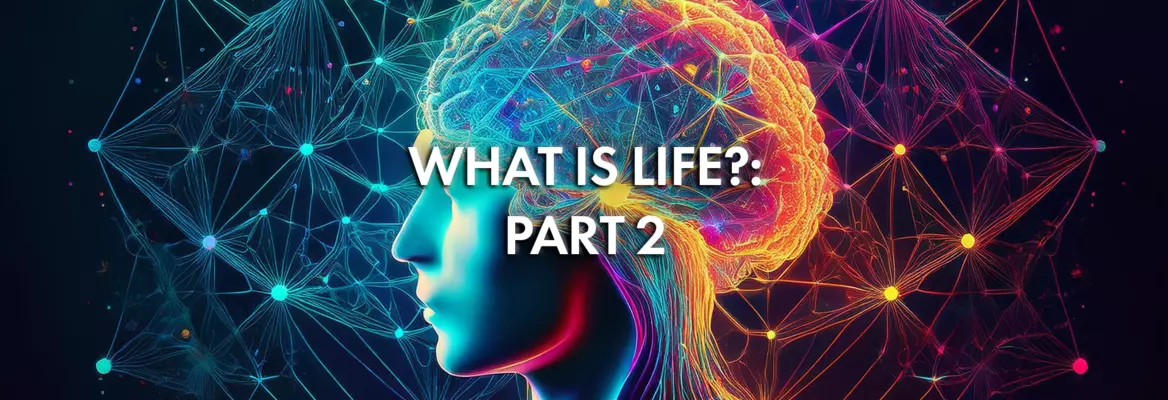

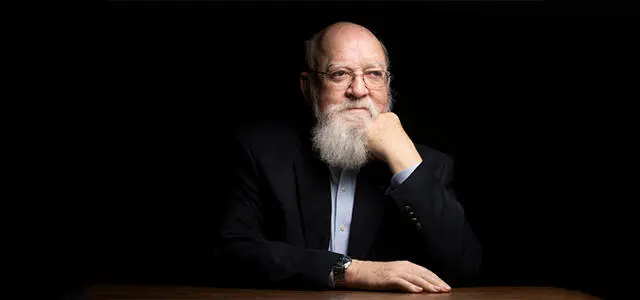



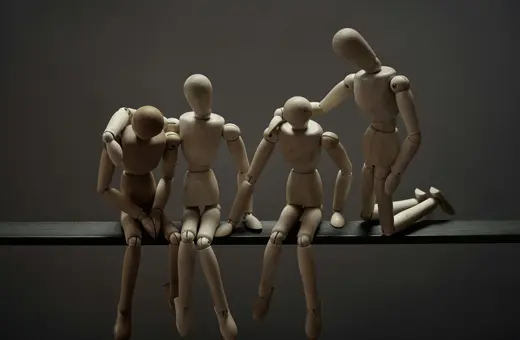
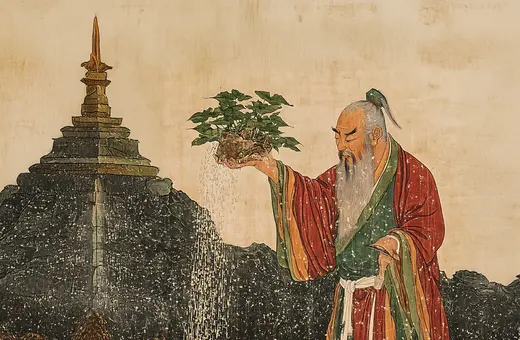
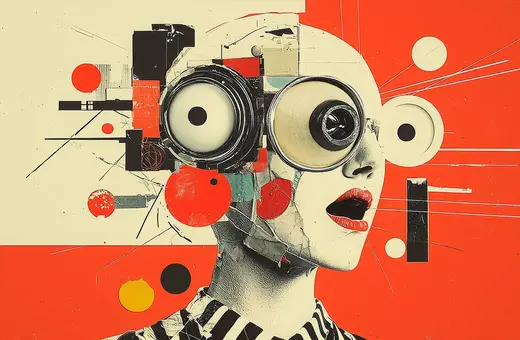


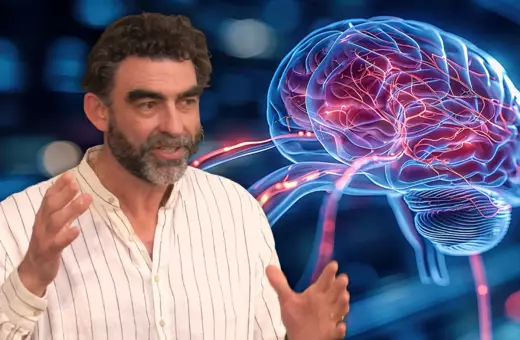
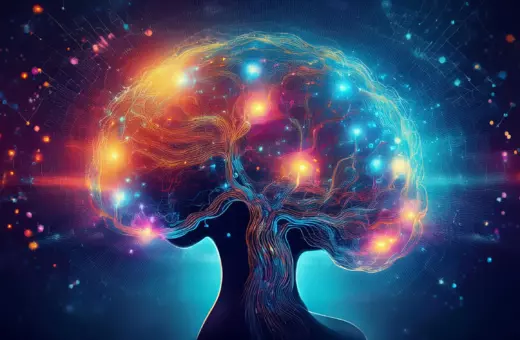



Join the conversation